BMW i8 India review, test drive
BMW’s high-tech i8 hybrid sportscar looks like it has come from the future. But is it as radical as it seems?
Published on Apr 01, 2015 05:14:00 PM
1,31,765 Views
Follow us on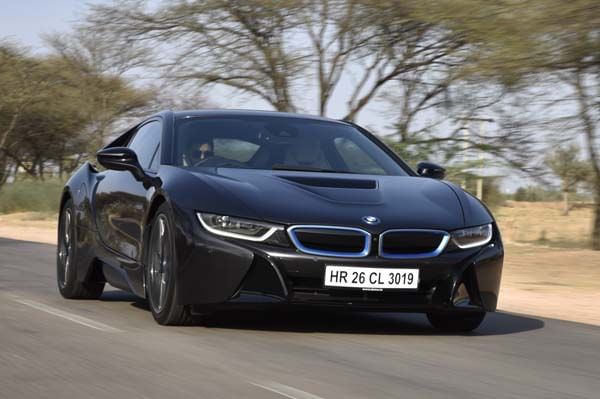
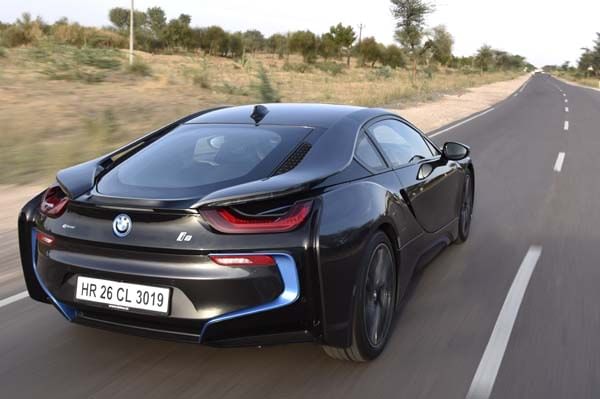
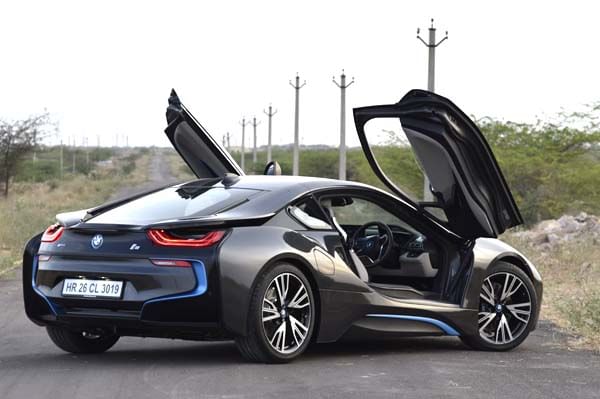
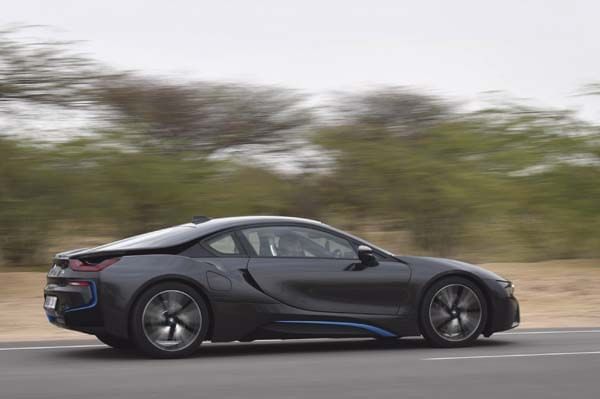
What is it?
A car that, by now, needs little introduction. BMW’s second-ever production mid-engine sportscar (after the legendary 1978 M1, of course) has made the world sit up and take notice for a number of reasons. For one, the styling, which made the transition from concept car to production reality almost unchanged. It’s not even what you’d call beautiful in the traditional sense; instead, it’s big on shock value, and looks like something straight out of a sci-fi movie. It’s very angular, with cool winglets and ‘blades’ that seem to be there more for style, but do actually have aero benefits. And though it’s not very clear on this car, a trademark design element of BMW’s ‘i’ range is the ‘black belt’ — the blackened passenger cell of the car, onto which the body panels are mounted to look like a sort of robotic exo-skeleton. It looks like nothing else on sale right now, and there’s no doubt that, on the drama scales, it’s right up there with Lamborghinis and Ferraris.
The other reason it’s gotten the world’s attention is for what’s under its skin. First, there’s the chassis, which is centred around a lightweight carbon-fibre-reinforced plastic (CFRP) tub, which by itself is not revolutionary. However, cars that employ this technology are usually ultra-exotic ‘supercars’ that cost more than twice as much as an i8, and bringing a CFRP chassis to this relatively mass-market ‘sportscar’ end of the spectrum is a bold move from BMW. The result, the company says, is a 200kg weight saving compared to a conventional chassis, which is neatly offset by the heavy battery pack, which weighs around 200kg. The end result is a 1,485kg kerb weight; that’s more than 100kg less than BMW’s own M4, and not bad at all for a car with a big stack of batteries and two powertrains.
That’s right, there’s an electric motor at the front, driving the front wheels, and a combustion engine behind the seats sending power to the rear axle, making this effectively a four-wheel-drive car. This again, is not something new at all, but the way it has been executed, as you’ll see further on, is what makes it so special. We spent some quality time with the futuristic i8 in decidedly un-futuristic Rajasthan, and here’s what it was like.
Copyright (c) Autocar India. All rights reserved.


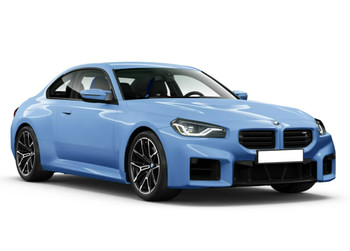

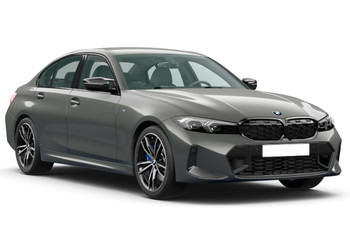
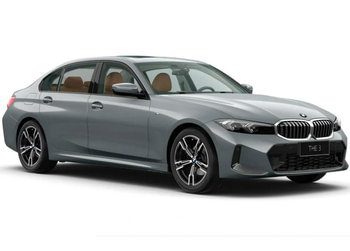

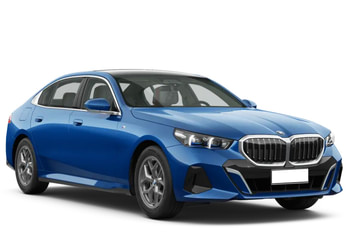
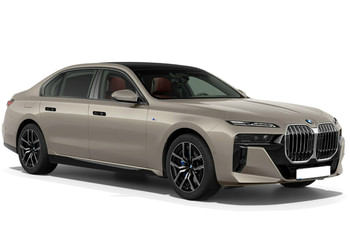
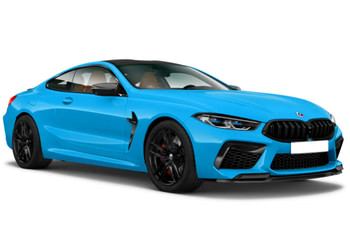
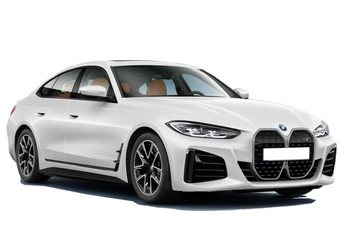
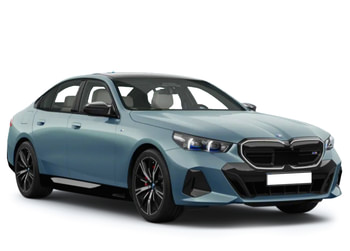
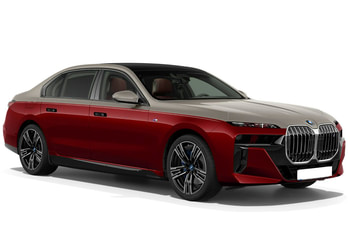
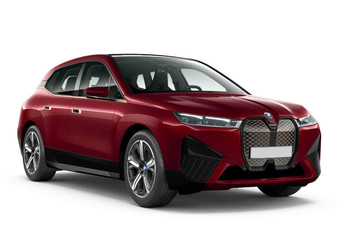

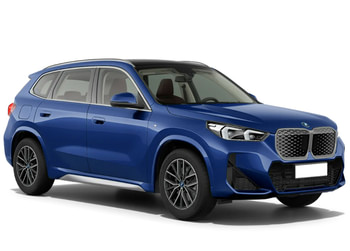
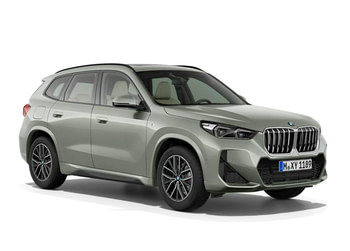
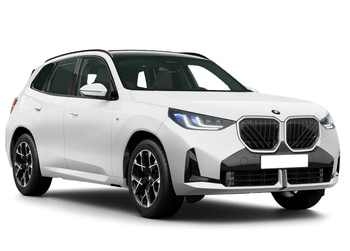

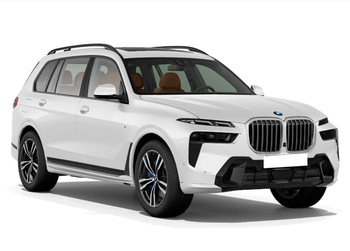
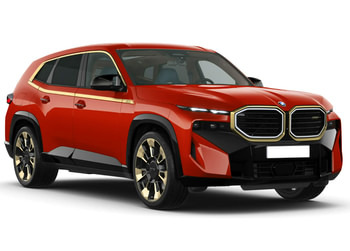
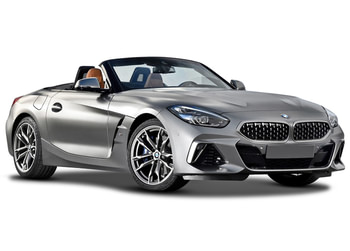







Comments
Member Login
Personal Details
No comments yet. Be the first to comment.